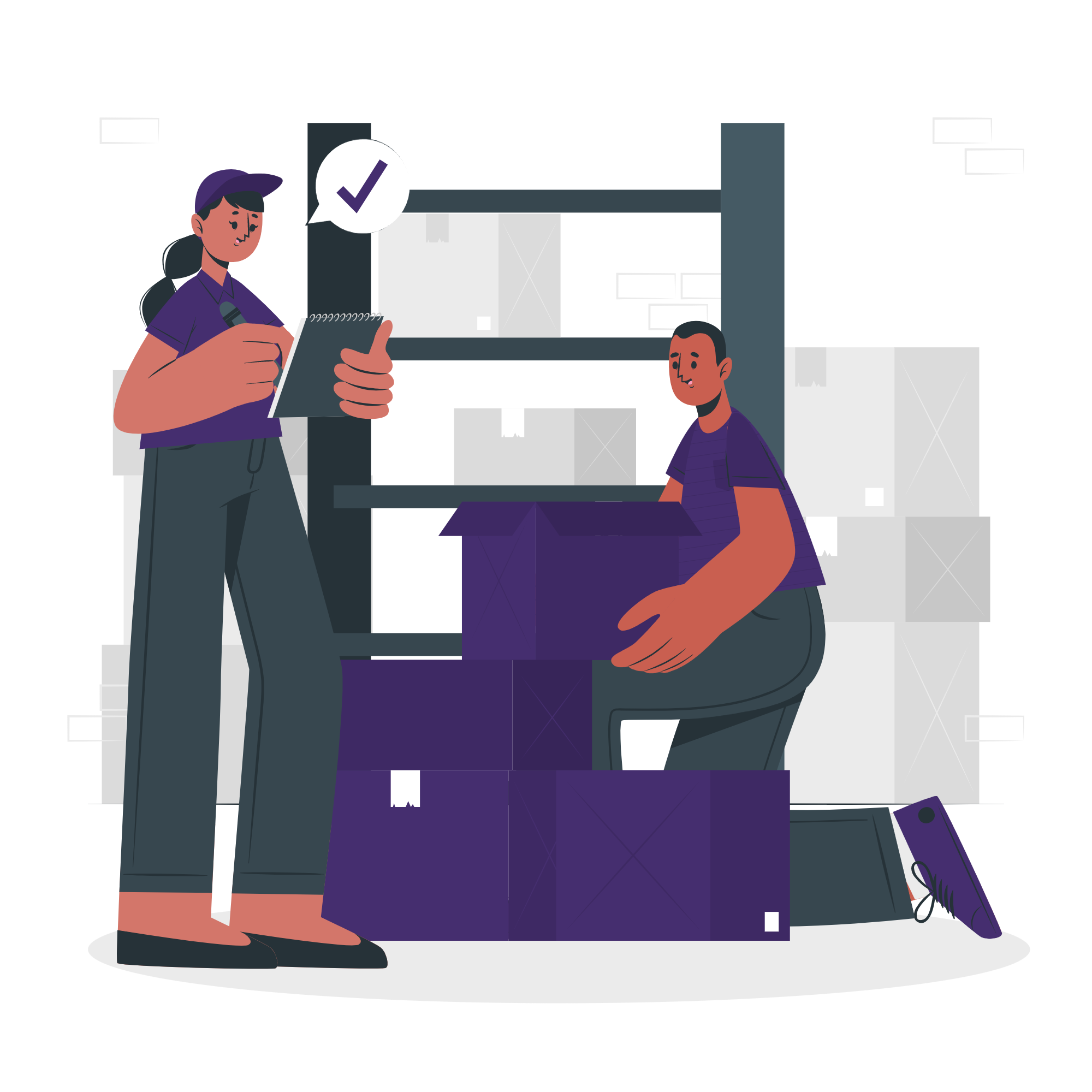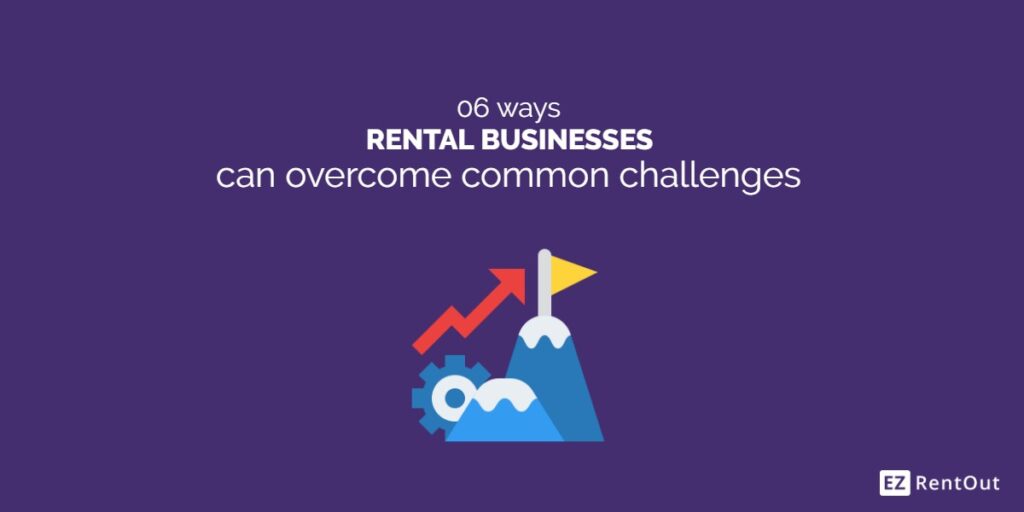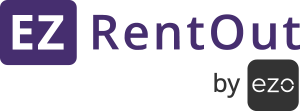The equipment rental market in the United States is expected to grow to $57.5 billion by the end of 2024. This means rental businesses can expect an increase in customer demand and profits. On the other hand, increasing demand can also hurt the potential of your rental business if manual methods are used to run day-to-day rental operations, resulting in more challenges than benefits.
Rental businesses can benefit from surging demand by automating and streamlining their processes with rental software. Here are just a few common challenges they can eliminate:
1. Avoid booking conflicts
The first step to running successful rental businesses is to offer reliable bookings. Make sure the equipment is always available in the customers’ requested time and date slots, and in good working condition.
With manual methods, there is a greater chance of human error. For example, you may accidentally double book an item or forget to update the sheets for new bookings. The result: dissatisfied customers and loss of orders.
Rental software can help mitigate this issue. They typically feature an availability calendar on the dashboard where items and their availability status are clearly marked. You can check in the system and know at a glance whether an item is available, reserved, or in maintenance. To ensure smooth bookings, you can even filter through the calendar by months, dates, or even hours.
Once you have confirmed that the item(s) is available, you can add them to the rental order for a specified time period. If you try to add an unavailable item, the system will automatically notify you that it is rented out or under maintenance.

You can also use the software to reserve items and avoid scheduling conflicts. Let’s say you’ve added the same item to multiple orders. When renting out an order, however, the software operates on a first-come, first-serve basis, making the item unavailable in other scheduled orders. This helps to manage conflict-free bookings as well as improve customer service.
2. Reduce equipment loss and inventory mismanagement
Keeping track of and efficiently managing inventory is a crucial part of smooth rental operations and failing to do so can significantly increase overheads.
Rental software can help streamline inventory management for your rental businesses. To keep track of items, you can do a quick barcode scan at check-in and check-out. This will ensure that you have real-time inventory updates when you need them. You can create unique identification numbers for each inventory item in the system, which can then be printed and attached to items for scanning. As soon as you scan these barcode labels, the items will be automatically added to the system and you can easily know their current status.
You can also set a low stock threshold in the software to avoid running out of stock at the last minute. This allows you to set minimum stock quantity limits so that the software can notify you when the quantity falls below a certain threshold, allowing you to replenish the stock on time.
3. Offer flexible pricing and charge accordingly
Customers who are using the equipment for a set number of hours or miles want flexible pricing depending on their requirements. For example, if a customer is renting an excavator but only plans to use it for six hours, they would not want to be charged a fixed daily rate.
Using rental software you can set flexible rental rates by the hour, mile, or other parameters. How would that work? Set a start reading and end reading before and after renting out. This will allow you to calculate the customer’s exact usage and charge them accordingly.
You can also adjust the billing dates to match the exact hours the equipment was rented out. The software allows you to enter billing dates with specific timings to ensure that customers are charged fairly.
4. Dealing with late returns
Sometimes customers can delay the return of items without prior notice. Equipment held up in late returns causes problems for your team if there are other customers who are lined up to rent this equipment.

First of all, make sure your customers sign a rental agreement where critical rental terms such as the start and end of the rental period are clearly identified. You can charge a late fee on late returns and those can be easily set within the system. Communicate this to the customer via the rental agreement.
Customers are busy and may lose track of rental durations. A rental system enables you to send reminders and notifications to your customers and you can even schedule automated reminders to be sent whenever the due date is near. Finally, you can also create rental cycles that offer some flexibility around the rental dates to tackle such situations.
5. Keep up with maintenance history
When managing a large inventory with small tools and peripherals, it can be difficult to keep track of which items need immediate maintenance.
Rental software can help you set maintenance and repair alerts. Set aside a time period for when items need to be put into maintenance. When the due date arrives, the software notifies you to start maintenance. The item can be made unavailable during this time. Once all services have been completed, the item is returned to the available state.
Equipment needs ongoing maintenance to enhance efficiency and reduce downtime. Setting up recurring services on your equipment rental software is beneficial in such cases. You can easily manage recurring cycles and specify start and end dates.
Supporting tools, for example, tend to wear out faster than the equipment, such as a conveyor belt’s bearing roller. Recurring services can help schedule services at repeated intervals and minimize reactive maintenance issues for critical support tools.
6. Track equipment utilization
The most frequently rented out equipment indicates their popularity. How do you figure out which pieces of equipment are rented out more frequently than others?

Rental businesses can create reports and analyze trends in the software. Running a report on equipment utilization, for example, can help you decide whether to invest more in equipment or to plan for the disposal of equipment that requires more maintenance.
The reports generated can be viewed on the dashboard when you log in. You can also use graphs and tables to interpret extensive reports. You can, for example, observe top customers by revenue in a graph and see which customers brought in the most revenue for your business. It is critical to keep track of top customers to entice them with loyalty discounts and offers that will encourage them to rent out again and again.
About EZRentOut
EZRentOut, a cloud-based equipment rental software can help. EZRentOut offers companies in numerous industries seamless rental management along with a host of other features. You can integrate your website with our EZR plug to keep track of all your rental Assets and operations.







